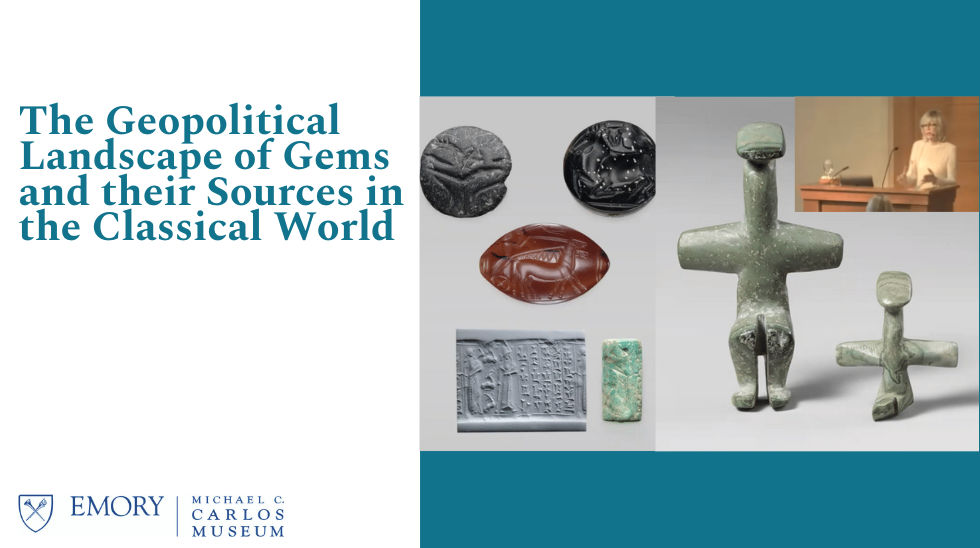In a lecture titled “The Geopolitical Landscape of Gems and their Sources in the Classical World,” independent scholar Lisbet Thoreson discusses the ways in which gem minerals of classical antiquity reflect the shifting dynamics of an increasingly globalized world that emerged in the Hellenistic era and evolved rapidly during the early centuries of the Roman empire.
This shift began to occur in the late fourth century BCE, when a greater variety and quality of gemstones became available to western gem cutters than had been known previously, a direct result of the military campaigns of Alexander of Macedon, which introduced western gem cutters to new gems from eastern sources for the first time. Three later geopolitical milestones were even more consequential: Ptolemaic rule in Egypt, beginning in 305 BCE; long distance maritime trade established for the first time, around 120 BCE, which enabled western seafaring merchants to engage directly with their counterparts at ports of call along India’s western seaboard; and the ascent of the Roman empire, beginning with Roman rule over Egypt, which brought an end to the Ptolemaic dynasty, in 30 BCE.





